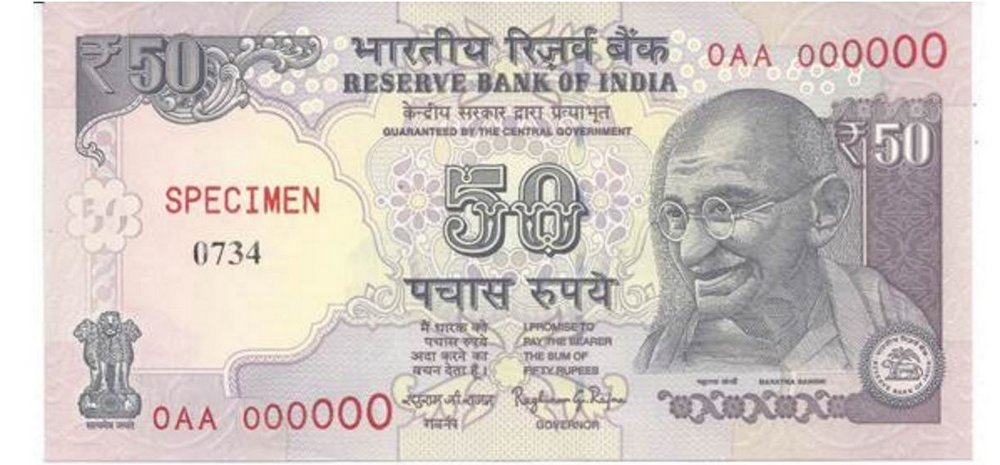RBI To Issue New Rs. 20 & Rs. 50 Currency Notes, But Existing Ones Valid; Here Are The Minor Design Changes Made

After the RBI and the Government of India announced demonetization, and complete irrelevance of the Rs. 500 and Rs. 1,000 notes in India, the organisation has announced an overhaul of smaller denomination notes as well.
Not completely related to demonetization, rather a design upgrade from the 2005-created banknotes, the Reserve Bank of India will issue new Rs. 20 and Rs. 50 notes while still keeping the older ones valid, and in circulation. The new notes will carry the manufacturing year as ‘2016’.
There is no reason to panic, as the existing notes will be valid and would not be termed useless. The official statement from RBI states, “All the banknotes in the denomination of Rs. 50 and Rs. 20 issued by the Bank in the past will continue to be legal tender.”
The Government hasn’t released the official photos of the new notes, and the date from when it’ll start the new notes in circulation, but we should expect it to be released in this week. The primary motive of this change isn’t clear yet, and the public is still struggling to get hands on the new Rs. 500 and Rs. 2,000 notes.
A few changes in the new notes
The Reserve Bank of India will shortly issue Rs. 50 denomination banknotes in the Mahatma Gandhi Series-2005, without inset letter in both the number panels, bearing signature of Dr. Urjit R Patel, Governor, Reserve Bank of India, and the year of printing ‘2016’ printed on the reverse of the banknote.
The Rs. 50 denomination with carry an ascending font of numerals in both the number panels and come without intaglio print issued earlier in Mahatma Gandhi Series- 2005. However, the overall design would remain much the same.
The smaller denomination of Rs. 20 will come with the same upgrades, except it will also have an inset letter ‘L’ in both the number panels. This is the only differentiation in the update of the two bank notes.
What’s the reason behind this change?
The Reserve Bank of India hasn’t given out a reason for the small upgrade to the notes, considering they will look pretty much the same even now. The good thing is that you don’t have to stand in line again to get your hands on the new notes.
The use of the inset letter ‘L’ is to keep a tab on the production process of the notes, that are printed in huge volumes. The inset letters helps the Government not waste any money and regulate the printing process. Apart from this, there doesn’t seem to be any economic impact on the Government and the country.
If you’re in line to get the Rs. 500 and Rs. 2,000 notes at the bank, you might just get dominations of the new Rs. 20 and Rs. 50 notes, so keep an eye on the new notes.
